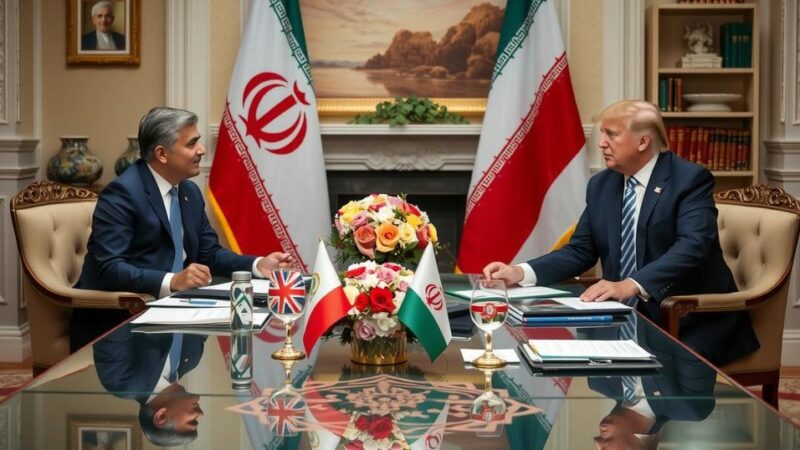Suriname has lodged a formal protest against Guyana over plans to develop the contested Tigri area, where the Guyanese government seeks to build an airstrip and a school. Suriname’s Foreign Minister, Albert Ramdin, voiced concerns about Guyana’s actions and their potential impact on diplomatic relations, reiterating Suriname’s territorial claims dating back to the 1969 occupation by Guyanese forces.
On Friday, Albert Ramdin, Suriname’s Minister of Foreign Affairs, International Business and International Cooperation, officially lodged a protest note with Guyana following announcements by Guyanese President Irfaan Ali regarding development plans in the contentious Tigri area. This military camp and airstrip in the disputed region are of significant concern to Suriname, particularly as Ali seeks to commence paving work before the year’s end, alongside plans for a school on Kasjoe Island, also located in the disputed Upper Corantijn area.
During a meeting with the Guyanese ambassador, Virjanand Depoo, Ramdin expressed apprehension over the Guyanese government’s public declarations to undertake activities in Surinamese territory without appropriate consent. He further highlighted that the presence of Guyanese in the area contravenes prior agreements made by both parties in 1970. Ramdin indicated that such unilateral decisions could undermine the ongoing constructive collaboration between Suriname and Guyana.
Historically, tensions over the Tigri area, known in Guyana as the New River Triangle, date back to 1969 when it was seized by the Guyanese military during Suriname’s tenure as a part of the Kingdom of the Netherlands. The disagreement has been reiterated by past leaders from both nations, with Suriname maintaining its claim over the territory. Former President Desiré Bouterse emphasized that the Tigri area rightfully belongs to Suriname, while urging a peaceful resolution to the border dispute. Despite previous bilateral discussions, the enforcement of agreements remains contentious, with Guyana continuing its occupation of the region, thus perpetuating the conflict.
The Tigri Area, a contested territory located in the southwestern region of Suriname, has been a point of contention between Suriname and Guyana since Guyana’s independence. In 1969, the Guyana Defence Force occupied the area, leading to confrontations and subsequent agreements mediated by Trinidad and Tobago. Despite these efforts, the situation has remained unresolved, highlighting the delicate nature of territorial claims and the implications of international relations in the region.
The recent protest from Suriname highlights ongoing tensions between Suriname and Guyana over the disputed Tigri area. With President Irfaan Ali’s plans for development stirring further unease, diplomatic relations may face challenges. Urging compliance with prior agreements, the Surinamese government aims to address the situation constructively while asserting its territorial claims. The longstanding dispute demands careful handling as it has historical roots and implications for future bilateral interactions.
Original Source: www.jamaicaobserver.com







